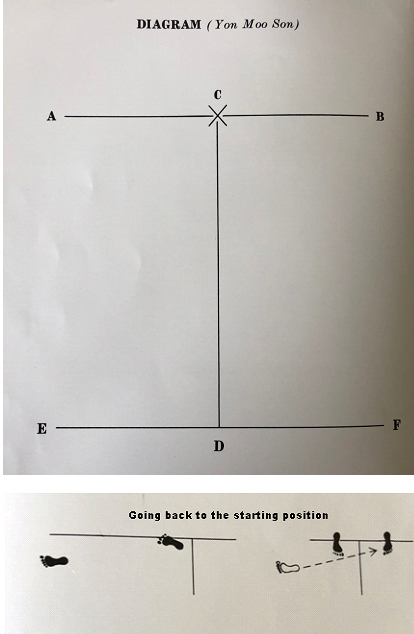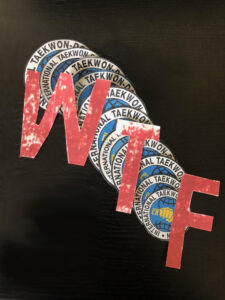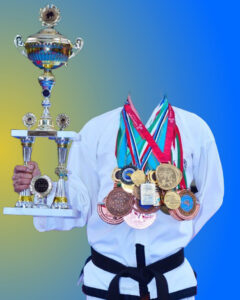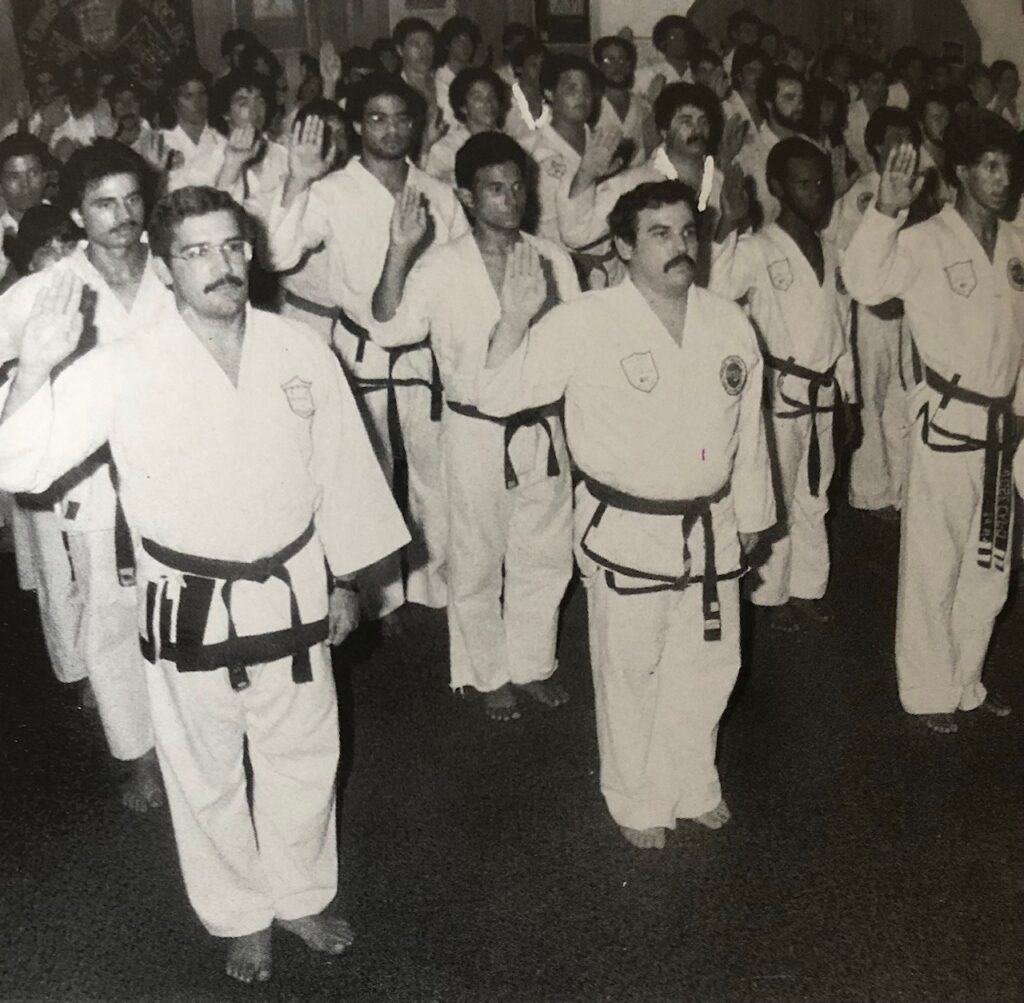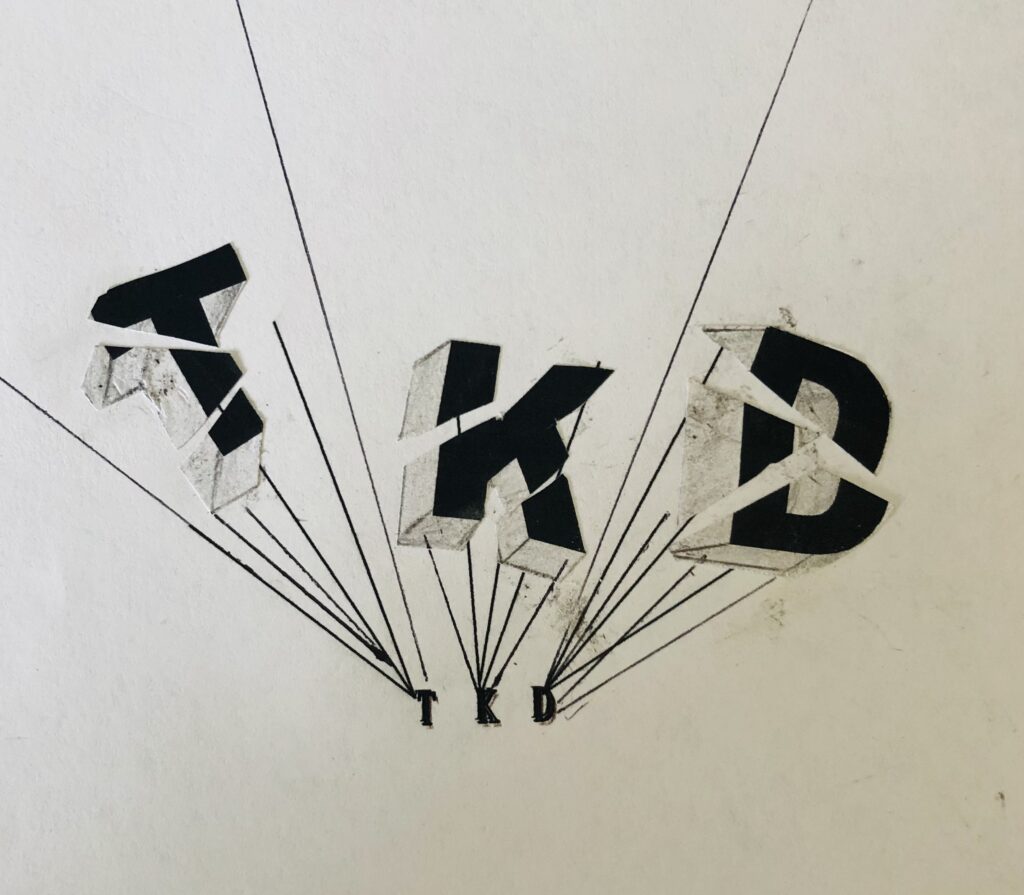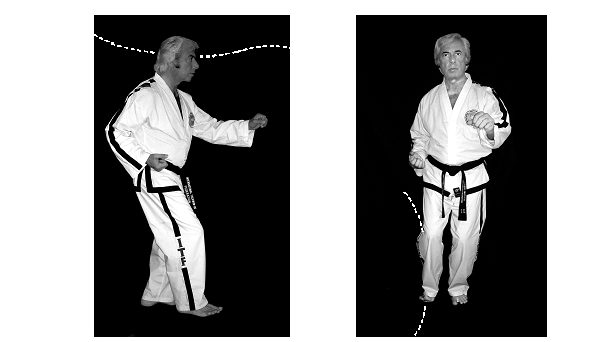
In Taekwon-Do, there has always been confusion in the description of attitudes and with the language used, which conditions the relationship with students. Who is teaching every daily training class is considered the instructor of the students regardless of the hierarchy he has.
When Taekwon-Do was introduced outside the borders of South Korea, where it was born, the Master, S. Master, and G. Master hierarchies were practically non-existent. The first bearers of knowledge about this art held the category of Instructor (4th to 6th Dan).
However, this was enough for the discipline to be taught in all countries where these Instructors were spreading their knowledge. Over time and with the evolution of Taekwon-Do, the hierarchical scale of those who occupied the place of instruction grew. The hierarchy of Master and S. Master (7th and 8th Dan, respectively) coincided with the experience in the pedagogical field and with the degree of knowledge they had. The rank of G. Master (9th Dan) was held only by General Choi. The places that the founder’s first envoys once dominated began to be occupied by pioneers from the different countries where the art was developed.
While this process was developing, the category of Instructor’s assistant (1st to 3rd Dan) existed in the hierarchical diagram that described the ranking. In practice, everyone who was in front of the students and responsible for their evolution was considered an Instructor. The number of black belts who dedicated their time to this function was very limited.
However, the authority to examine the students was established, as it is today, for anyone who holds the rank of 4th Dan or higher with the International Instructor certificate granted by the only entity in the world at that time.
As stated, the rank coincided with knowledge; however, it was not related to sporting success. There have been many cases where success in sport was not coincident with pedagogical success. Let’s say that both areas require specific skills, and it is rare for these to coincide.
Today, where Taekwon-Do has apparently changed the proportions between the martial and the sporting, it has become necessary to redefine hierarchies. Is a coach more necessary than an instructor? At present, sporting success seems to occupy an overly significant place. Knowledge, pedagogical ability, and cultural level of whoever is instructing do not seem to have much importance.
Despite this, there are places that are unalterable: an Instructor is the one who teaches and has direct contact with the student every class. Master and G. Master are hierarchical places that, when acquired and used well, will allow for the ordering of the pedagogical field with instructors so that they can pass on this knowledge to their students, who can be Gups and Danes.
Masters and G. Masters become instructors when they teach their direct students in the daily training class. As a relevant truth, coaches are only necessary to help a competitor in the sporting area.
The Instructor, in any of their hierarchies or degrees, is the one who truly teaches the students (whether they are competitors or not).
It is imperative to address the absence of theoretical knowledge. The lack of necessary maturation time between each promotion has produced an over-dimension of high ranks, most of them «obtained» before their time. These are part of the army of promotions that have broken all the parameters originally established by the Founder. Certifications or diplomas should be awarded when the knowledge and the pre-established maturation time in the rank are corroborated and fulfilled.
The intention was always to have a single regulatory entity for the discipline in order to guarantee a respectful and respected hierarchical scale and a body of instructors who would dignify the art with their ability and knowledge. Certifications or diplomas should be awarded when the established knowledge and maturation time in the grade are corroborated and fulfilled; otherwise, it is just a sale of certificates that denigrates both the recipient and the issuer.
General Choi’s Taekwon-Do is no longer a single regulatory entity for the art, we do not have a promoted hierarchical scale in a timely manner, nor is there a unique language. Therefore, the body of instructors who face the worthy task of teaching every day must do so in doubtful terms: there is no single technical parameter because there are many, there is no single sports rule because there are also several, and minimum times between grades are respected as convenient. In short, it is a world turned upside down.
SGM Ricardo Desimone
To be awarded read again the previous notes
